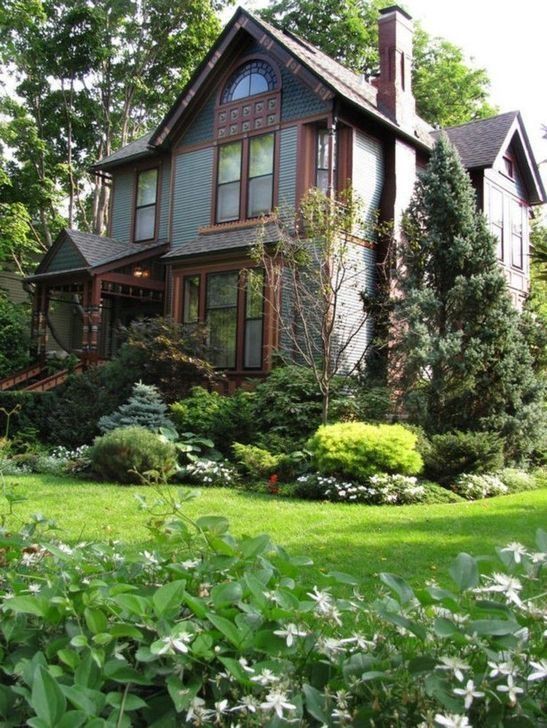When it comes to fortifying your home against the elements, one often overlooked yet highly effective solution is the right kind of paint. A fresh coat not only enhances your home’s curb appeal but can also serve as a formidable barrier against weather-related wear and tear. In this guide, we’ll explore the ins and outs of weatherproofing your home with paint, offering practical tips and insights to help you make informed decisions. So, let’s dive in and discover the transformative power of the brush.
The Importance of Choosing the Right Paint
Before delving into the nitty-gritty of weatherproofing, it’s crucial to understand why the choice of paint matters. High-quality exterior paint is formulated to withstand the harsh effects of the environment, including rain, sunlight, and temperature fluctuations. Opting for a paint specifically designed for your region’s climate ensures longevity and optimal protection.
Key Factors to Consider:
- Water Resistance: To combat the frequent rain in certain areas, invest in a paint with excellent water-resistant properties. This not only prevents water damage but also inhibits the growth of mold and mildew.
- UV Protection: Sunlight can be harsh on your home’s exterior. Look for paint that offers UV protection to prevent fading and deterioration over time.
- Temperature Tolerance: Depending on your location, extreme temperatures can take a toll on your paint. Choose a product that can endure both hot summers and chilly winters without cracking or peeling.
- Durability and Longevity: A good exterior paint should stand the test of time. Consider paints with added durability features, such as resistance to chipping and cracking.
Homes with well-maintained exteriors, including weather-resistant paint, have a 20% higher resale value. An estimated 70% of paint failures are attributed to improper surface preparation, emphasizing the importance of thorough priming before applying weatherproof paint.
Practical Tips for Weatherproofing:
- Surface Preparation: Before applying any paint, ensure that the surfaces are clean and properly primed. This not only enhances adhesion but also contributes to the overall effectiveness of the weatherproofing.
- Proper Application Techniques: The manner in which paint is applied matters. Consider using two coats for optimal protection, and pay special attention to areas prone to exposure, such as windowsills and door frames.
- Regular Maintenance: Even the most weather-resistant paint requires occasional touch-ups. Regular inspections and maintenance will ensure that your home remains well-protected throughout the seasons.
In conclusion, weatherproofing your home with the right paint is a wise investment that pays off in both aesthetics and functionality. As you embark on this transformative journey, remember to choose a paint that aligns with your specific climate and follows best practices for application and maintenance.
For more insights on home maintenance and improvement, check out our related blogs on exterior renovations, landscaping tips, and energy-efficient upgrades. Your home deserves the best, and we’re here to guide you on the path to a more resilient and beautiful living space.
If you enjoyed our input on this, you might wanna check out Choosing House Paints that Lasts !


